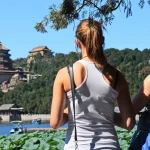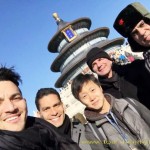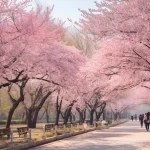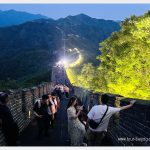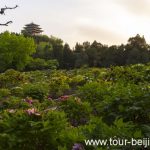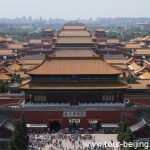Datong Great Wall (Tips, Photos & Map)
Plan your Datong tour? Have you ever had a bold idea of planning your Datong Great Wall Tour? If you have seen the images of the Great Wall near Beijing, you may believe the Great Wall of China is mainly made of majestic bricks and stones. Not all the stretches of the Great Wall made…
